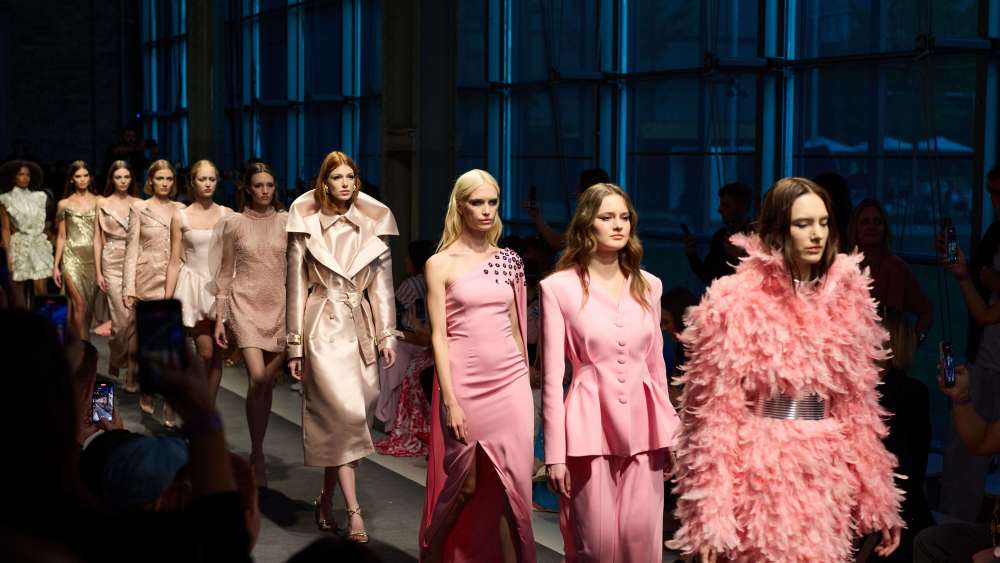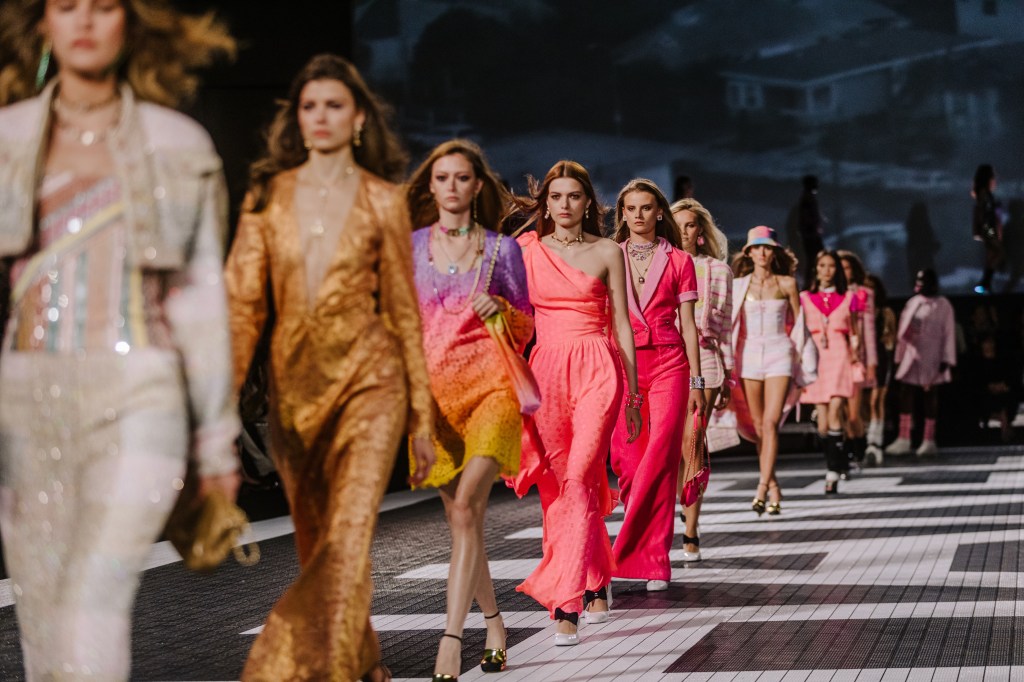From Sept. 1-7, Budapest Central European Fashion Week (BCEFW) showcased its biggest event to date — now in its 16th edition. Bringing together more than 70 designers from Hungary and 30 from the Central European region of Slovakia, Serbia, Slovenia, Romania, Ukraine and the Czech Republic to showcase their spring 2026 collections, the event was a combination of both emerging designers and established brands.
Hosted by the Hungarian Fashion & Design Agency, the runway shows celebrated innovative designs, craftsmanship and a modern fusion of fashion with the arts. BCEFW has continued to be a regional hub in Hungary to foster talent, sustainability and collaboration on an international scale — while simultaneously spotlighting Central Europe’s impact on business and fashion.

“The BCEFW spring 2026 show was truly a milestone for us,” said Zsófia Jakab, chief executive officer of Hungarian Fashion & Design Agency and Ministerial Commissioner for Creative Industry Development and Sectoral Coordination. “We managed to create a professional platform that showcased Hungarian and regional fashion in its widest scope to date. Almost 100 designers presented their spring 2026 collections on the runway — an exceptional number in the Central European context. Beyond Hungary, six regional countries were also represented, which underlines the event’s regional relevance.”
Experts in attendance included editors and photographers from the world’s leading fashion and lifestyle magazines, buyers and more from Japan and Italy and the Fédération de la Haute Couture et de la Mode and Tranoï institutions. The event hosted a record 7,000 visitors to its shows and presentations — with more than 50 adjacent events in Budapest.

Graduates from the Budapest Metropolitan University also presented their collections at the Hungarian National Museum, while Moholy-Nagy University of Art and Design students showcased their forward-thinking work on campus.
Jakab said that these institutional presentations mark a milestone for the event’s program for both the students and the larger fashion industry, as the events promoted multidisciplinary collaboration and emphasized stronger ties between the schools and professional spaces.
The initiative will also help with the long-term growth of creative industries across Central Europe. Notably, fashion has become one of the top growth sectors for the Hungarian economy. In 2024, there were more than 7,400 SMEs within the textile, apparel, leather and leather goods manufacturing industries — 80 percent of its revenue came from exports.

Therefore, Jakab said that supporting the creative industry is of utmost importance and is an investment into Hungarian jobs, exports and the country’s overall image. This year, the event welcomed Dora Fung, editor in chief of 10 Magazine USA, as part of its BCEFW International Advisory Board to help strengthen its international visibility.
“Our key goal is to provide an increasingly broad and colorful picture of the region’s fashion world season after season. In doing so, we attract focused international attention to Hungarian actors, contributing to their stronger visibility, expansion of business relations and increased sales. All of this not only amplified the visibility of the collections globally but also spotlighted Budapest’s cultural heritage and its vibrant creative scene. We aim to establish Central Europe’s leading creative hub, linking East and West and connecting to the world’s fashion capitals.”
To learn more, visit bcefw.com.



